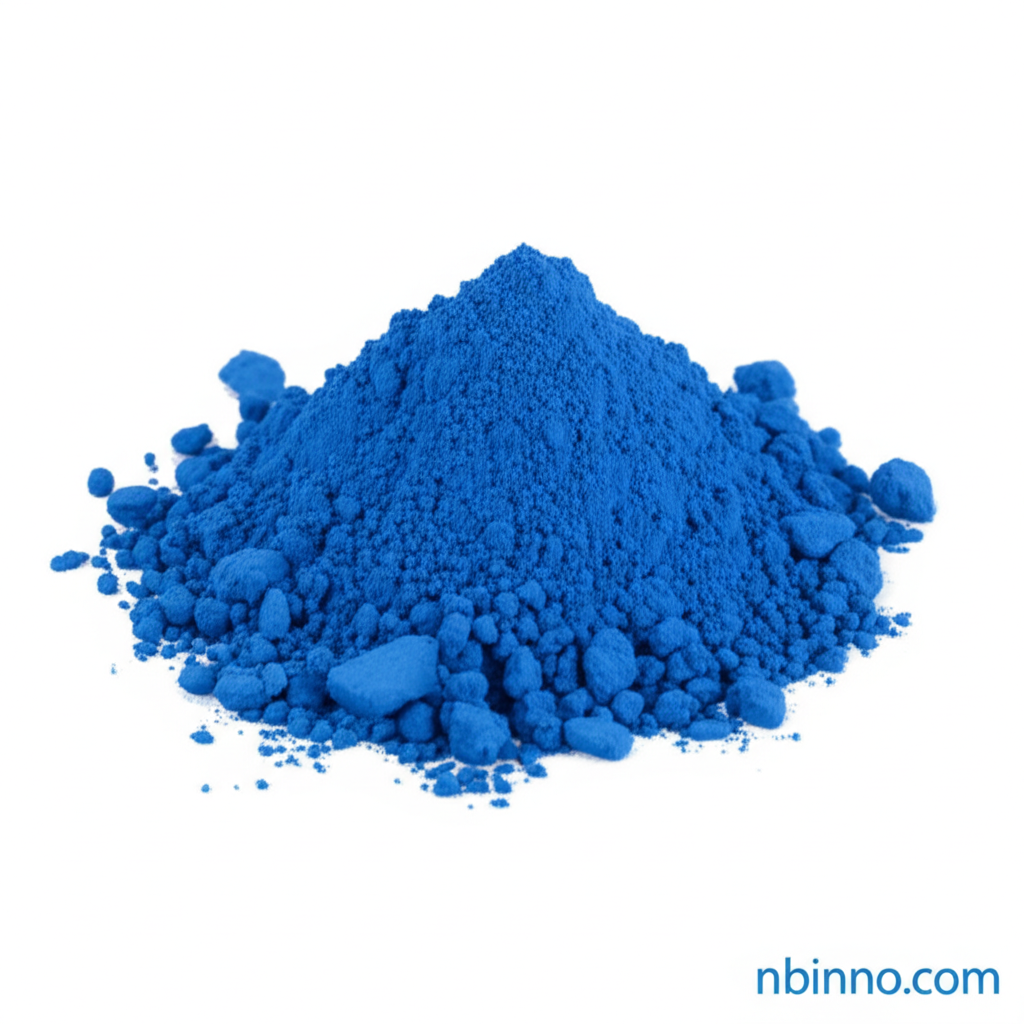Discover the Versatility of Cupric Acetate (CAS 142-71-2)
Explore the extensive applications and unique properties of this essential chemical compound.
Get a Quote & SampleUnveiling the Core Value of Cupric Acetate

Cupric Acetate
Cupric Acetate, identified by CAS number 142-71-2, is a crucial chemical compound recognized for its distinct blue-green color and versatile utility across various industries. Its solubility in water and alcohol makes it a convenient reagent for diverse chemical processes.
- Leveraging copper acetate uses in organic synthesis as a catalyst and oxidizing agent, enabling efficient formation of complex molecular structures.
- Utilizing wood preservation chemicals like cupric acetate to protect timber against rot and decay, particularly in water-exposed environments.
- Exploring textile dyeing mordants such as copper acetate, which aid in fixing dyes to fabrics, enhancing colorfastness and vibrancy.
- Investigating its role in electroplating copper acetate baths to deposit copper layers for protective or decorative finishes on various substrates.
Key Advantages of Cupric Acetate
Diverse Industrial Applications
From its foundational role in patination chemicals for bronze to its application in pigments, Cupric Acetate offers a broad spectrum of industrial benefits, showcasing its adaptability.
Catalytic and Oxidative Power
As a potent organic synthesis catalyst, Cupric Acetate facilitates numerous reactions, including cross-coupling and oxidation, crucial for modern chemical manufacturing.
Effective Biocidal Properties
Its efficacy as both a fungicide and insecticide, stemming from copper's inherent properties, makes it valuable in agricultural and material protection applications.
Primary Applications of Cupric Acetate
Wood Preservation
Cupric acetate is a vital component in wood treatment formulations, safeguarding timber from fungal decay and insect infestation, extending the lifespan of wooden structures.
Textile Dyeing
In the textile industry, it acts as a crucial mordant, improving dye adhesion and color fastness, and is also used to create specific blue-green hues.
Electroplating
Used in electroplating processes, cupric acetate facilitates the deposition of copper onto various surfaces, enhancing conductivity and corrosion resistance.
Artistic Patination
As a key ingredient in patina chemicals for bronze and other metals, it allows artists to achieve a rich variety of color effects and finishes.
